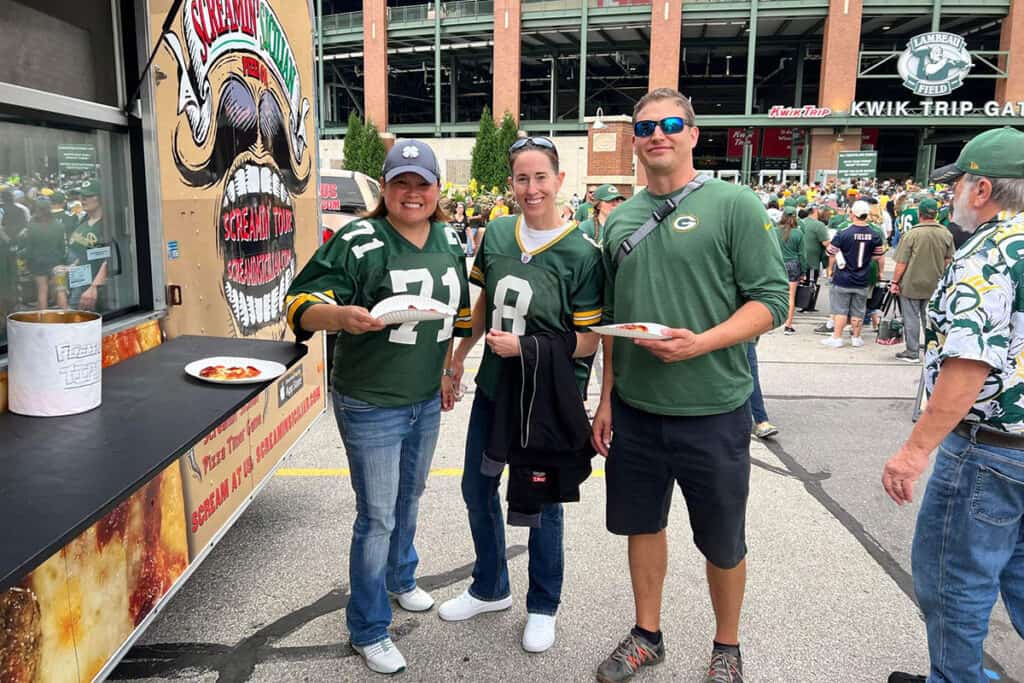Brand strategy should be viewed as an essential component of marketing for every business. Brand strategy begins with defining each element that make up the brand itself and becomes the foundation for a marketing plan that artfully defines how each element will be leveraged to gain favorability with consumers and ultimately drive growth and revenue. Brand strategy is tightly tied to finance; however, brand strategy is very different than company or corporate strategy. Brand strategy is so essential that without it, brands are the same as non-existent.
Breaking Limits believes so strongly in the value of brand strategy that all our client conversations begin by addressing it. If a business or new client has a brand strategy, we want to learn everything about it. If a coherent brand strategy in not place, then we initiate the brand strategy development process before we begin discussing further services.
At Breaking Limits, our own brand strategy is a core pillar to the way we do business every single day. To illustrate this, let’s start at the end of Breaking Limits’ brand story and work back to the beginning.
Breaking Limits is “Built on the Shoulders of Champions.”
There is a reason we say that. In fact, there are two reasons.
Breaking Limits’ CEO, Bobby Labonte, is the 1991 NASCAR XFINITY Series Champion, the 2000 NASCAR Cup Series Champion, the 2001 IROC Champion, and a NASCAR Hall of Famer
Breaking Limits’ President, Kristin Labonte, is the 2004 U.S. Masters National Criterium Cycling Champion, the 2004 U.S. Masters National Road Race Cycling Champion, and the 2006 U.S. Masters Time Trial Champion.
This kind of sustained Champion-level success is the product of finely tuned skill, focus, resilience, determination, and high performance expectation.
The standard of excellence at Breaking Limits flows from the top down. It affects our approach to every client we have. Our culture is based on fortitude, and it becomes our client’s advantage.
In addition to the Labonte duo, we know we have some incredible professionals in our agency, with decades upon decades of unique experience in a myriad of industries who also exemplify the fortitude of a champion.
What is Brand Strategy?
Brand strategy in the general sense rests on a common understanding of principles and methods. Everyone may have their specific definition, but all definitions are rooted in the same basic understanding.
A brand is much more than colors, logos, and taglines. A brand is derived from the core values that keep a company alive. A brand is an intangible essence, set of attributes and characteristics that a company is constantly trying to deliver to consumers to achieve affinity, loyalty, and success. The brand’s objectives may change from time to time as market conditions or societal priorities change, but the core values of the brand itself remain constant. It is upon those values where they meet and build relationships with consumers.
For example, the purpose of a fast-food restaurant selling hamburgers and fries is not merely to sell hamburgers and fries. The overall purpose behind selling food may be to bring families together to the dinner table. Or support a community whereby a portion of proceeds from sales go towards a particular non-profit or cause.
Brand strategy is always on the mind of current and potential consumers. Brands must define who they are, what their values are, and most importantly – how to connect with target consumers emotionally.
From our earlier example – the brand is not about serving a burger. The brand is about getting the family and friends together around a meal and the emotional journey of building shared memories and social connections.
Taking it one step further, is the restaurant a casual dining or sit-down restaurant? Is the personality of the restaurant brand fun and relaxing, or more sophisticate and gourmet? As the restaurant better defines its own brand, it will naturally create channels of communication and make emotional connections with the ideal target audiences because they are clear about what they offer the audience.
An often-overlooked aspect of brand strategy is assessing your competition. Often, companies get so wrapped up in their own operations and numbers that they forget to take a look around at the marketplace. Who are you competing with (and don’t assume the obvious)? Why does your company stand out? Why should consumers love your brand? What is it that will make consumers walk past your competition’s product on the shelf and spend their money on yours?
If the hamburger restaurant above is known for being a sophisticate and gourmet establishment, then quick service restaurants (QSR) like McDonalds or Burger King are not in their competitive set. They are providing something completely different than a QSR – the opportunity to build shared memories with friends and family, an experience in which time at the table together is valued. The restaurant should train their staff not to interrupt guests at the table, and not to rush them out the door, for example, as a key part of their brand strategy.
Brand elements such as the dining room, menu selection, price point, and location are all important factors to contrast and compare to make sure you’re assessing the right competitors.
Given the history of our experience, the motorsport and sport marketing landscape is a space that we understand on an extremely intimate level. Even when a company decides it wants to sponsor or activate in each industry, the strategy and execution itself requires an incredible amount of thoughtful consideration and detailed planning. Simply putting up a branded tent at a motorsport event, serving generic food and giving away prizes with your company logo can wildly miss the mark and squander an opportunity to engage and build these powerful emotional connections with consumers.
What is Brand Strategy at Breaking Limits?
Each year we attend dozens of races in various racing circuits around the country. Every weekend we are surrounding by sports sponsorship and activation. It’s an industry space that we deeply love, and one in which never stop pushing ourselves to think and learn.
When we work with a client, we cover every detail starting with brand strategy, then develop the execution designed to deliver the desired success. If we are activating a brand in an event space, we consider how to engage all the senses to deliver on your brand strategy:
- Original artisanal food and beverage plans
- Space plans that consider traffic movements, lighting, surfaces
- Brand visual communications including color palette, tones, brand personality
- Music and other ambiance aspects
- and the list goes on.
Each campaign and activation stands out as unique from the next. At Breaking Limits, there is not rinse-and-repeat process.
Brand strategy is dynamic. Great brands evolve and mature with their audiences. They have emotionally charged relationships with their customers, and they know them personally. They leverage trust to remain relevant in the hearts and minds of their audience.
Great brands also find ways to make their consumers the winners in the story. Brands are simply there to guide and deliver the journey.
At Breaking Limits, we leverage our own brand strategy – “Built on the Shoulder of Champions” – to create championship wins for our clients’ brands and their consumers.





